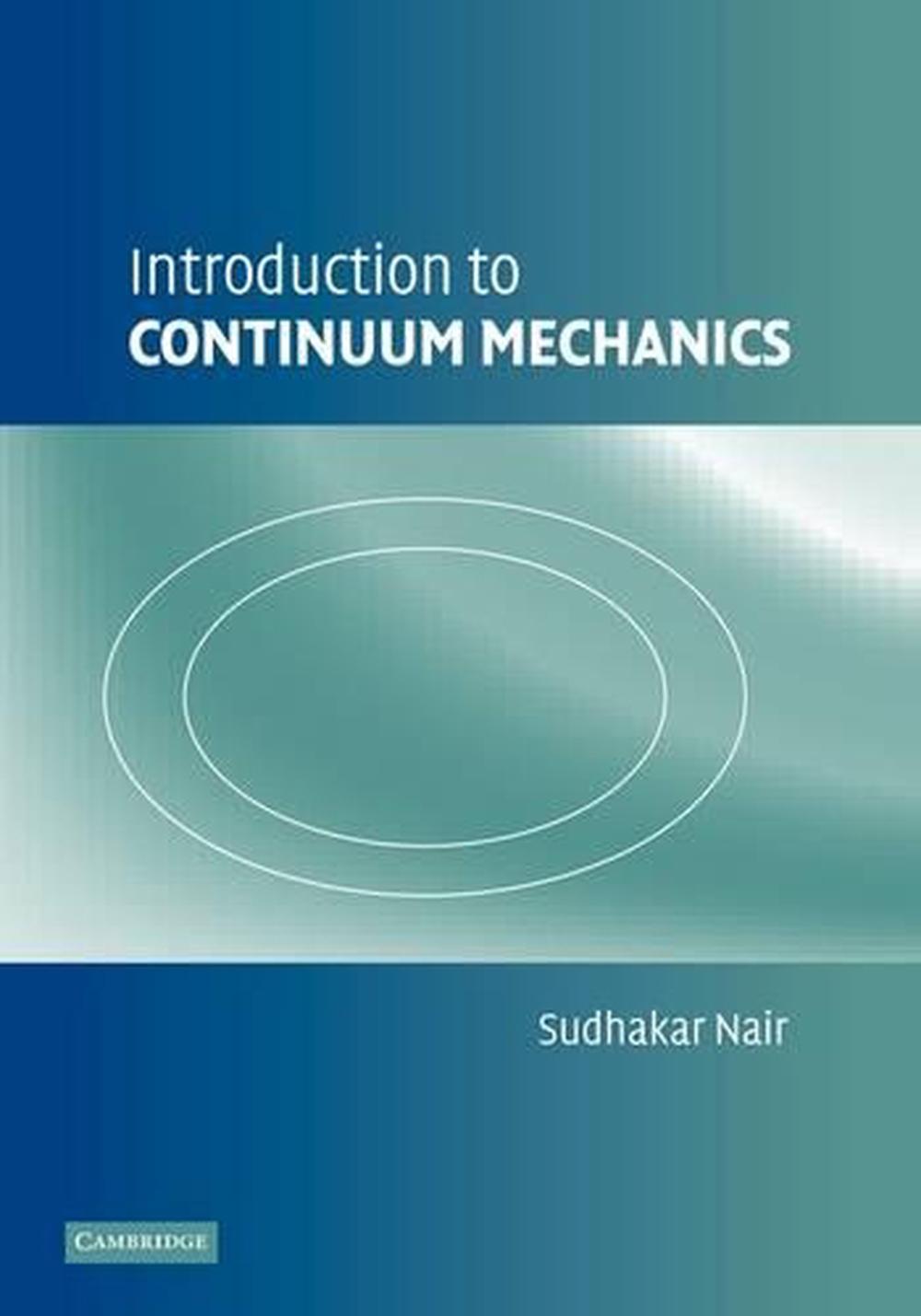
When you click on links to various merchants on this site and make a purchase, this can result in this site earning a commission. Affiliate programs and affiliations include, but are not limited to, the eBay Partner Network.
Introduction to Continuum Mechanics by Sudhakar Nair (English) Paperback Book

- Item No : 156831157002
- Condition : Brand New
- Brand : No brand Info
- Seller : the_nile
- Current Bid : US $46.82
-
* Item Description
-
The Nile on eBay

Introduction to Continuum Mechanics
by Sudhakar Nair
This text treats solids and fluids in a balanced manner, using thermodynamic restrictions on the relation between applied forces and material responses. It has many examples and over 150 exercises. This subject is essential for experimental or numerical modelling of material behaviour.
FORMAT
PaperbackLANGUAGE
EnglishCONDITION
Brand New
Publisher Description
This textbook treats solids and fluids in a balanced manner, using thermodynamic restrictions on the relation between applied forces and material responses. This unified approach can be appreciated by engineers, physicists, and applied mathematicians with some background in engineering mechanics. It has many examples and about 150 exercises for students to practise. The higher mathematics needed for a complete understanding is provided in the early chapters. This subject is essential for engineers involved in experimental or numerical modelling of material behaviour.
Author Biography
Sudhakar Nair is the Associate Dean for Academic Affairs of the Graduate College, Professor of Mechanical Engineering and Aerospace Engineering, and Professor of Applied Mathematics at the Illinois Institute of Technology in Chicago. He is a Fellow of the ASME, an Associate Fellow of the AIAA, and a member of the American Academy of Mechanics as well as Tau Beta Pi and Sigma Xi. Professor Nair is the author of numerous research articles and Introduction to Continuum Mechanics (2009).
Table of Contents
1. Introduction; 2. Cartesian tensors; 3. General tensors; 4. Integral theorems; 5. Deformation; 6. Motion; 7. Fundamental laws of mechanics; 8. Stress tensor; 9. Energy and entropy constraints; 10. Constitutive relations; 11. Hyperelastic materials; 12. Fluid dynamics; 13. Viscoelasticity; 14. Plasticity.
Promotional
This text treats solids and fluids in a balanced manner, using thermodynamic restrictions on the relation between applied forces and material responses.
Promotional "Headline"
This text treats solids and fluids in a balanced manner, using thermodynamic restrictions on the relation between applied forces and material responses.
Description for Bookstore
This text treats solids and fluids in a balanced manner, using thermodynamic restrictions on the relation between applied forces and material responses. It has many examples and over 150 exercises. This subject is essential for experimental or numerical modelling of material behaviour.
Description for Library
This text treats solids and fluids in a balanced manner, using thermodynamic restrictions on the relation between applied forces and material responses. It has many examples and over 150 exercises. This subject is essential for experimental or numerical modelling of material behaviour.
Details
ISBN0521187893Author Sudhakar NairShort Title INTRO TO CONTINUUM MECHANICSPublisher Cambridge University PressLanguage EnglishISBN-10 0521187893ISBN-13 9780521187893Media BookFormat PaperbackYear 2011Imprint Cambridge University PressPlace of Publication CambridgeCountry of Publication United KingdomDEWEY 531Pages 252Birth 1944Affiliation Illinois Institute of TechnologyPublication Date 2011-03-03UK Release Date 2011-03-03AU Release Date 2011-03-03NZ Release Date 2011-03-03Illustrations Worked examples or ExercisesAlternative 9780511841576Audience Postgraduate, Research & Scholarly


-
- NO GRID Survival Projects
- $ 37.00
















